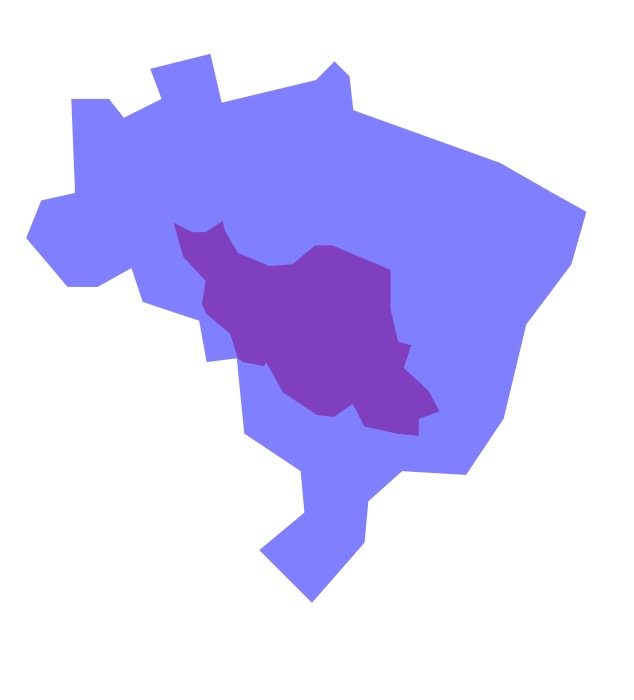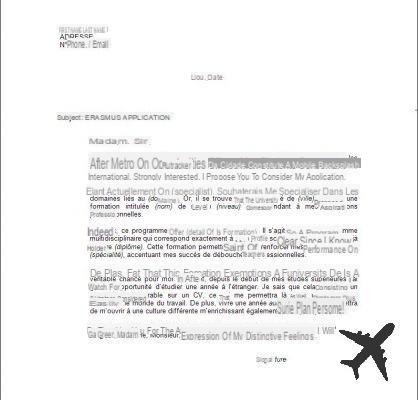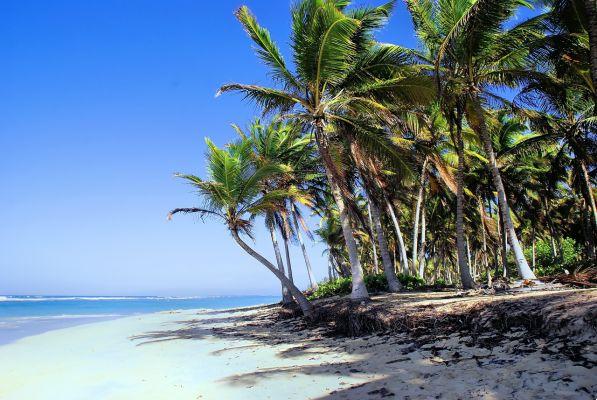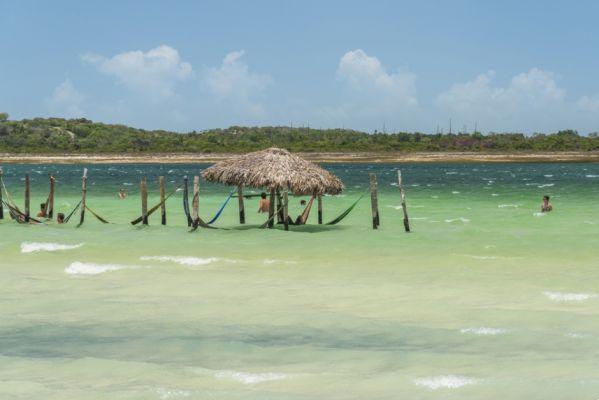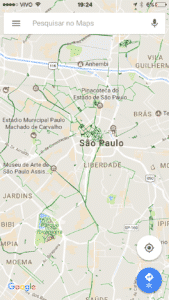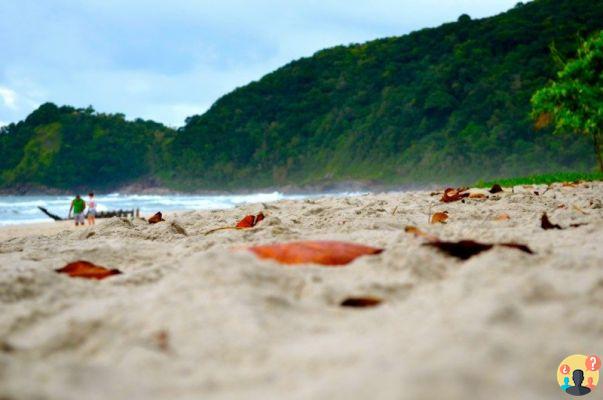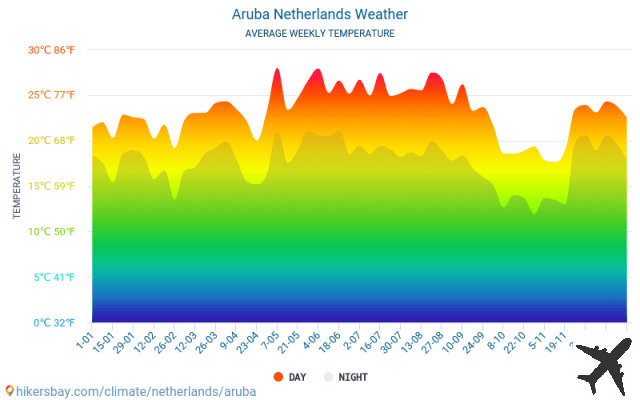It is one of the oldest mysteries (or enigmas, or myths, or legends) of mankind. Did it exist? Where was it? How was? The Lost City of Atlantis captured the minds of conspirators, absorbed the attention of scientists, and inspired the imagination of artists. Legend has it that the island was swallowed by the Atlantic Ocean, burying its inhabitants and belongings in the sea: an abundant and fast empire that no one knows where it was located. But was it really like that? Theories abound.
The most recent one belongs to Mark Adams. In the book “Meet me in Atlantis: My Obsessive Quest to Find the Sunken City”, the writer argues that the City of Atlantis was on the coast of Morocco, and would be somehow related to the crossing of the Red Sea, described in the Bible. The Adams interview was conducted by National Geographic.
Lost cities have always fascinated Mark Adams. The writer confesses that “the fact that someone could actually search for Atlantis and be taken seriously was strange”, until he came across Plato in a bookstore where he worked.
It was the Greek philosopher who ignited the questions about Atlantis. In the work “Diálogos”, the character baptized as Critias describes immense details about the lost city, namely about its appearance and relative location, and decides to share them with Timateus, who is in a distressing search for answers about the universe.
The Moroccan location theory came about when Mark Adams got in touch with a German computer expert named Michael Hübner, who collected all the clues left by Plato about the location of Atlantis.
That cross-referencing of geographic data concluded that it would be somewhere within a radius of 4.828 kilometers from Athens, Greece. In fact, in the history of the philosopher there is a war in which Athens defeats Atlantis. And, according to the work itself, Hübner theorized that the lost city would be south of Casablanca. From there, the computer scientist and the writer traveled to the desert in search of the black and red concentric circles that Plato describes in the book. “And here are the concentric circles, on the edge of the desert, just a few kilometers from the Atlantic Ocean”, says Adams.
But this is just one of three possible locations for the lost city of Atlantis. Santorini, on the Aegean Sea, has archaeological evidence that supports this location hypothesis. In the center of the Greek island there is even a circle with rings around it and a volcano that must have erupted in ancient times.
Other hypotheses are Tartessos, in the south of Spain, a naval city with characteristics similar to those given by Plato, and Malta, in the Mediterranean Sea, whose ancestral culture was destroyed by an earthquake followed by a tsunami.
Mark Adams also arrived in these cities, with the help of his friends Tony O'Connell and Paul Evans. When they were forced to move to Dublin, Tony decided to fill his time by thoroughly researching some records about Atlantis. As he couldn't find any place where he could compile his material, he created Atlantipedia.
But where does the relationship between the lost city and the accounts of the Exodus published in the Holy Bible come from? Biblical data agree with the volcanic eruption of Atlantis. Everything from the ten plagues to water turned to blood. “If you know what happens during a volcanic explosion, you know that it can be transformed from the ten plagues that fell on Egypt”, says Mark Adams.
Furthermore, the parting of the Red Sea is not total nonsense. “As far as we know, when there is a tsunami, the sea recedes”. This may have been what happened to the Jews when they tried to get through to safety. The Egyptians were then killed when the sea returned to its place. “It would be an incredible coincidence if all these things happened by coincidence”, considers the writer.
For Mark Adams, Plato's message is simple: "Time is cyclical and even a powerful, technical and advanced civilization like Atlantis can be annihilated". In Casablanca?
But let's remember some of the theories about the lost Atlantis, some more scientific, others more fabled.
Platonic theoryFor the Greek philosopher, the lost city of Atlantis would be located after the columns of Hercules, in the Strait of Gibraltar, in a region called the Quadrilátero de Canales. Plato describes it as follows:
“There were numerous mountains, close to the plain of the city, rich in inhabitants, rivers, lakes, forests in such great numbers of essences, so varied that they gave an abundance of materials suitable for all possible works. (...) The ditch received the water courses that descended from the mountains, made the return to the city, and from there, it would empty into the sea.”
The report suggests that the city would be close to the sea. One can also read “it is difficult to believe that the work has left human hands”.
Tantalis TheoryAtlas is the name of the titan who inspired the name of the lost city. Atlantis would be a version of the city of Tantalis, which in turn derives from the name of the king of Sybil (Turkey), Tantalus. Well, this city would be located in Arzawa, on the Anatolian peninsula, an area known today as Asia Minor. Classical scriptures state that Tantalis succumbed to an earthquake that destroyed mountains and caused the place to collapse into the waters of the Yarikaya ravine, giving rise to Lake Saloe.
Antarctica Theory
In the sixties, Charles Hapgood wanted to understand how the ice age developed and theorized that the accumulation of ice on the polar ice caps could cause a weight capable of moving the earth in such a way that some continents went through the ice age in a rotating system. Then, the British journalist Graham Hancock came to cause controversy: the continent of Antarctica was nothing more than the island of Atlantis in its ice age. And all cities would be buried in polar ice.
sleeping prophet theory
Edgar Cayce claimed to be able to see the future and communicate with the dead. During the XNUMXth century, Cayce identified hundreds of people who would be reincarnated Atlanteans. For him, Atlantis was located on Bimini Island in Bermuda. The said civilization used "fire crystals" to obtain energy. One day, the process got out of control and triggered a nuclear accident that sank Atlantis. But this energy is still active, interfering with the boats, being responsible for the fearful Bermuda Triangle.
Old Continent TheoryThe Brazilian theory of scientist Arysio Nunes dos Santos assumes that there are several civilizations today that descended from the Atlanteans. A city located in Indonesia would be the birthplace of the Greeks, Hindus and Tupis and would have created the main agricultural and horse techniques.
Extraterrestrial theoryEzra Floid departed from Plato's concentric circles to come up with a new theory: Atlantis is a gigantic disc-shaped spaceship powered by hydrogen with a power plant he calls Poseidon's Time. The flying saucer was on Earth to colonize the planet and therefore traveled to various points. And that's why many say they have seen her in Indonesia, Bermuda, the Atlantic (Azores) or the poles. Until it deliberately sank to the bottom of the sea and remained there, until it launched a beam of emersion hydroenergy to launch itself into space. It was this process that triggered a circular tsunami.
The most famous map of Atlantis was drawn by the hands of a XNUMXth century German mathematician named Athanasius Kircher. The Jesuit drew it in the Atlantic Ocean, but nobody has any idea whether the location was based on credible data. Christopher Columbus also drew a map of the lost city.
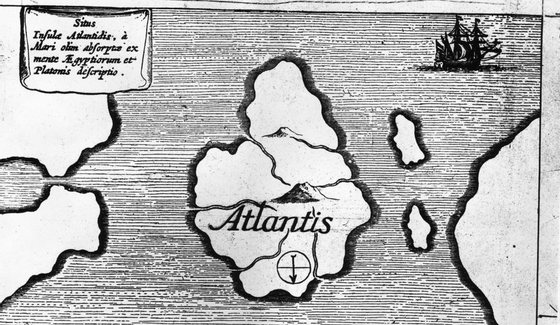
Circa 1600, An illustration from an old book published in Germany entitled, ‘Land Sila and Air’ showing a map of the island of Atlantis. (Photo by Fox Photos/Getty Images)




